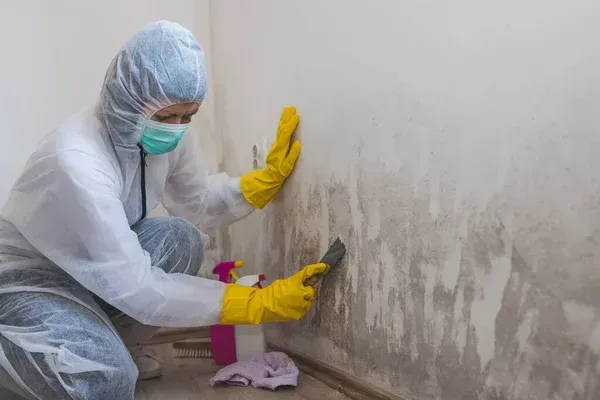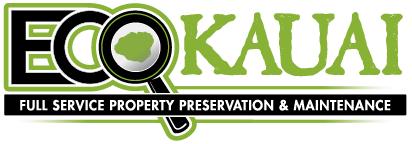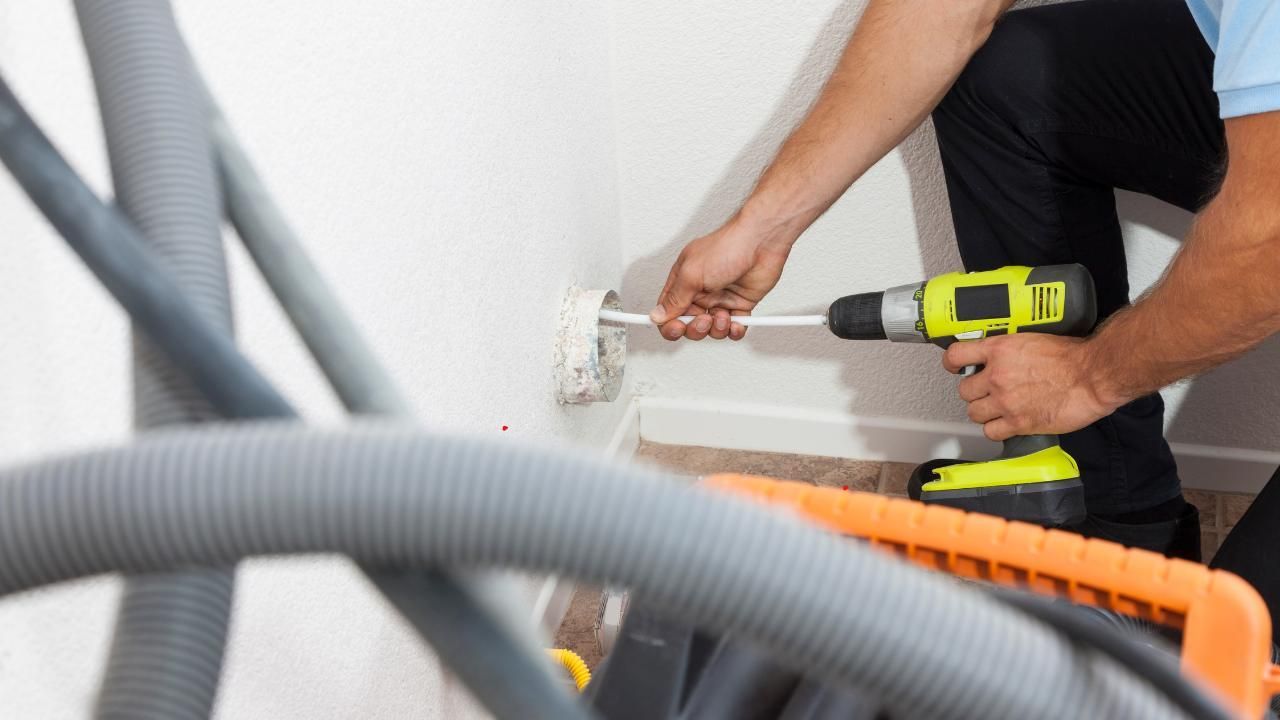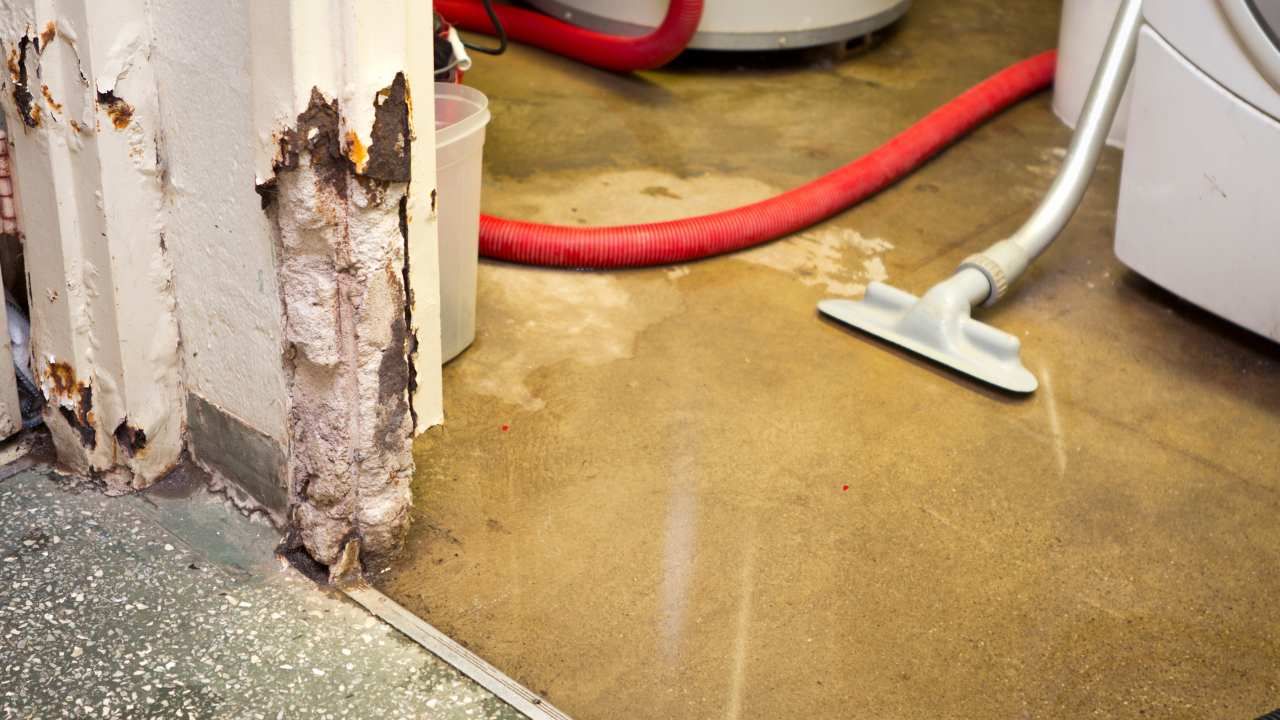➜ Have an Emergency? Call Today (808) 652-0106
➜ Have an Emergency? Call Today (808) 652-0106
Mold Remediation for Hawaiian Homes with Painted Surfaces
Removal and Restoration Of Mold-Contaminated Areas

Mold growth on painted surfaces can be a common issue in Hawaiian homes, especially in areas with high humidity levels or water damage. Mold not only poses health risks to occupants but can also cause damage to the painted surfaces, compromising the integrity and appearance of the home.
Understanding Mold Growth on Painted Surfaces
Mold can thrive on painted surfaces when moisture levels are high, providing an ideal environment for mold spores to colonize and grow. Painted surfaces that are exposed to moisture from leaks, condensation, or high humidity levels are particularly susceptible to mold growth. Common areas where mold may develop on painted surfaces include bathrooms, kitchens, basements, and areas with poor ventilation.
Assessment and Inspection
The first step in mold remediation for Hawaiian homes with painted surfaces is to conduct a thorough assessment and inspection of the affected areas. A qualified mold remediation specialist will inspect the painted surfaces for visible mold growth, moisture damage, and signs of water intrusion. Specialized tools such as moisture meters and thermal imaging cameras may be used to identify hidden mold growth behind walls or ceilings.
Containment and Safety Measures
Before beginning the remediation process, it's essential to establish containment measures to prevent the spread of mold spores to unaffected areas of the home. Containment may involve sealing off the affected area with plastic sheeting and using negative air pressure machines to create a controlled environment. Additionally, personal protective equipment (PPE) such as respirators, gloves, and goggles should be worn by remediation workers to protect against exposure to mold spores.
Removal of Mold from Painted Surfaces
Once containment measures are in place, the process of mold removal from painted surfaces can begin. Depending on the extent of mold growth and the type of paint surface, remediation techniques may vary. In many cases, mold can be removed from painted surfaces using specialized cleaning solutions and techniques such as scrubbing, sanding, or media blasting. Porous painted surfaces may need to be removed and replaced if mold growth is extensive or if the surface is damaged beyond repair.
Restoration of Painted Surfaces
After mold removal is complete, the next step is to restore the affected painted surfaces to their original condition. This may involve repainting the surfaces with mold-resistant paint or applying a mold inhibitor to prevent future mold growth. In some cases, it may be necessary to repair or replace damaged drywall or other building materials before repainting.
Prevention Strategies
To prevent mold growth on painted surfaces in Hawaiian homes, it's essential to address underlying moisture issues and maintain proper ventilation and humidity levels. Regular inspection and maintenance of painted surfaces can also help identify and address potential mold growth early on, preventing extensive damage and costly remediation efforts. Contact ECO Kauai Services for expert advice on maintaining optimal conditions and ensuring a mold-free environment.
How Can You Tell If Mold Is Growing On Painted Surfaces In Your Home?
Detecting mold growth on painted surfaces in your home requires careful observation and attention to detail. Here are some signs to look out for that may indicate mold is present:
- Visible Discoloration: One of the most obvious signs of mold growth on painted surfaces is the presence of discoloration. Mold often appears as black, green, or brown spots or patches on painted walls, ceilings, or other surfaces. Keep an eye out for any areas of discoloration that may indicate mold growth.
- Musty Odor: Mold growth is often accompanied by a musty or earthy odor. If you notice a persistent musty smell in certain areas of your home, it could be a sign that mold is present, even if you can't see it. Pay attention to any unusual odors, especially in areas with poor ventilation or high humidity levels.
- Water Damage: Mold thrives in damp, moist environments, so areas of your home that have experienced water damage are particularly susceptible to mold growth. If you've had a leaky roof, a plumbing issue, or flooding in your home, it's important to thoroughly inspect the affected areas for signs of mold on painted surfaces.
- Peeling or Cracked Paint: Mold growth can cause paint to peel, bubble, or crack as it feeds on the organic materials in the paint. If you notice any areas of peeling or damaged paint on your walls or ceilings, it's essential to investigate further to determine if mold is the cause.
- Condensation or Moisture Buildup: Areas of your home that are prone to condensation or moisture buildup, such as bathrooms, kitchens, and basements, are more likely to develop mold on painted surfaces. Check these areas regularly for signs of moisture, such as water droplets on windows or walls, and inspect painted surfaces for any signs of mold growth.
- Allergic Reactions: Mold exposure can cause allergic reactions in some individuals, such as sneezing, coughing, watery eyes, and skin irritation. If you or your family members experience unexplained allergic symptoms when spending time in certain areas of your home, it could be a sign that mold is present.
If you suspect mold growth on painted surfaces in your home, it's essential to address the issue promptly to prevent further damage and protect your health. Contacting a professional mold remediation company is the best course of action to safely and effectively remove mold from painted surfaces and restore your home to a clean and healthy condition.
Mold remediation for Hawaiian homes with painted surfaces requires a comprehensive approach to ensure effective removal and restoration while minimizing health risks and property damage. By conducting a thorough assessment, implementing containment measures, and using appropriate remediation techniques, homeowners can restore their painted surfaces to a safe and healthy condition. Additionally, addressing underlying moisture issues and practicing preventive maintenance can help prevent future mold growth and protect the integrity of the home's painted surfaces.
Contact us for more information on proper remediation and prevention strategies to enjoy a clean, healthy, and mold-free living environment for years to come.
Call us to book a mold inspection or remediation on Kaua'i, HI now.
CONTACT INFO
Justin Jacobs
FIND US ON:
SERVICES PROVIDED
Water Damage
Emergency Extraction
Tear-Out
Structural Drying
Mold Removal
Mold Inspection
Mold Testing
Mold Remediation
Power Washing
Mildew Removal
ISLAND-WIDE SERVICES
Wailua
Kalahe
oLihu
eKeali
aPrincevill
eKapa
aHanapep
eHanale
iPoip
uHaen
All Rights Reserved | ECOKauaiServices.com
Website Managed by
Leads By Vinny




